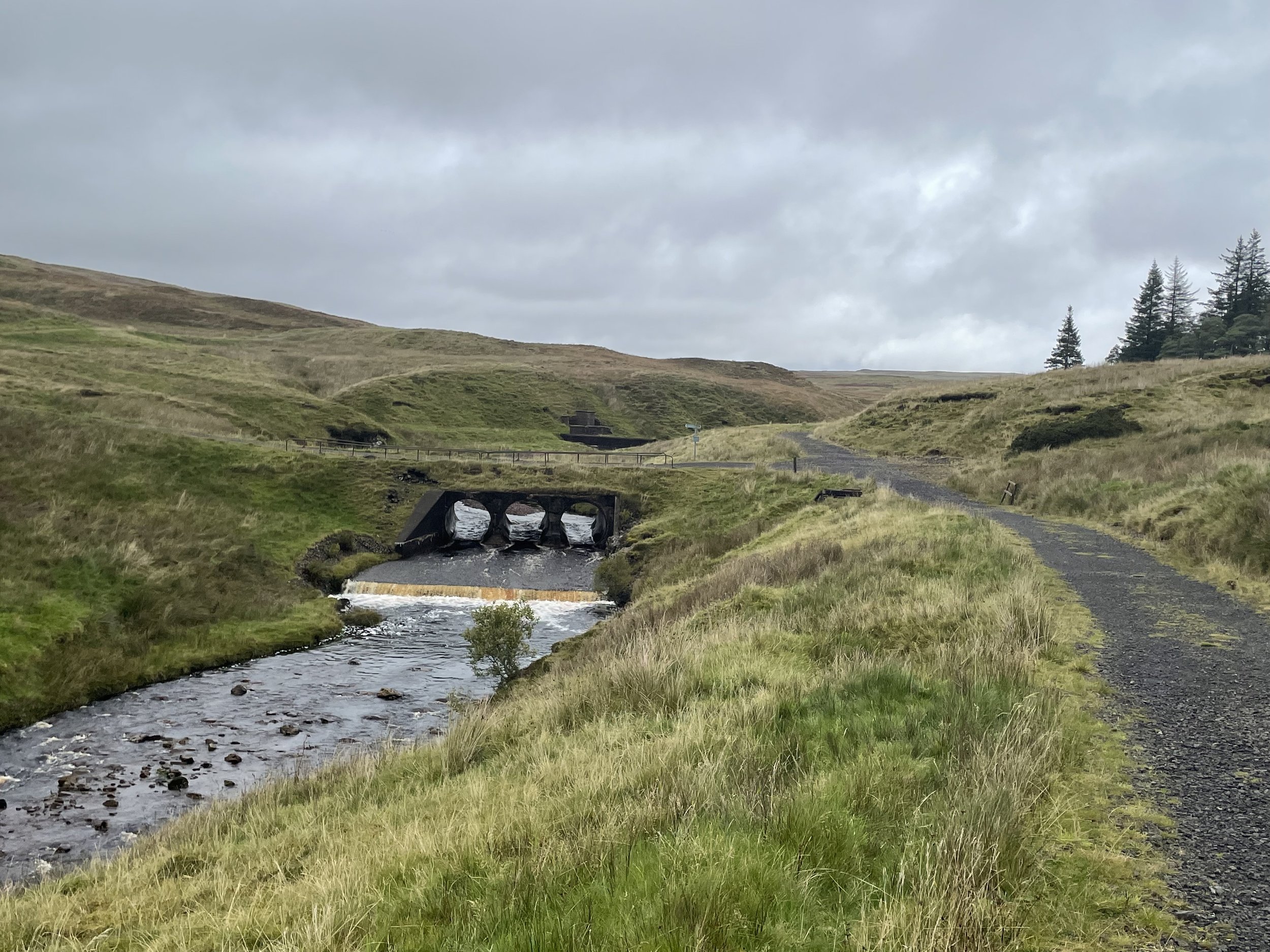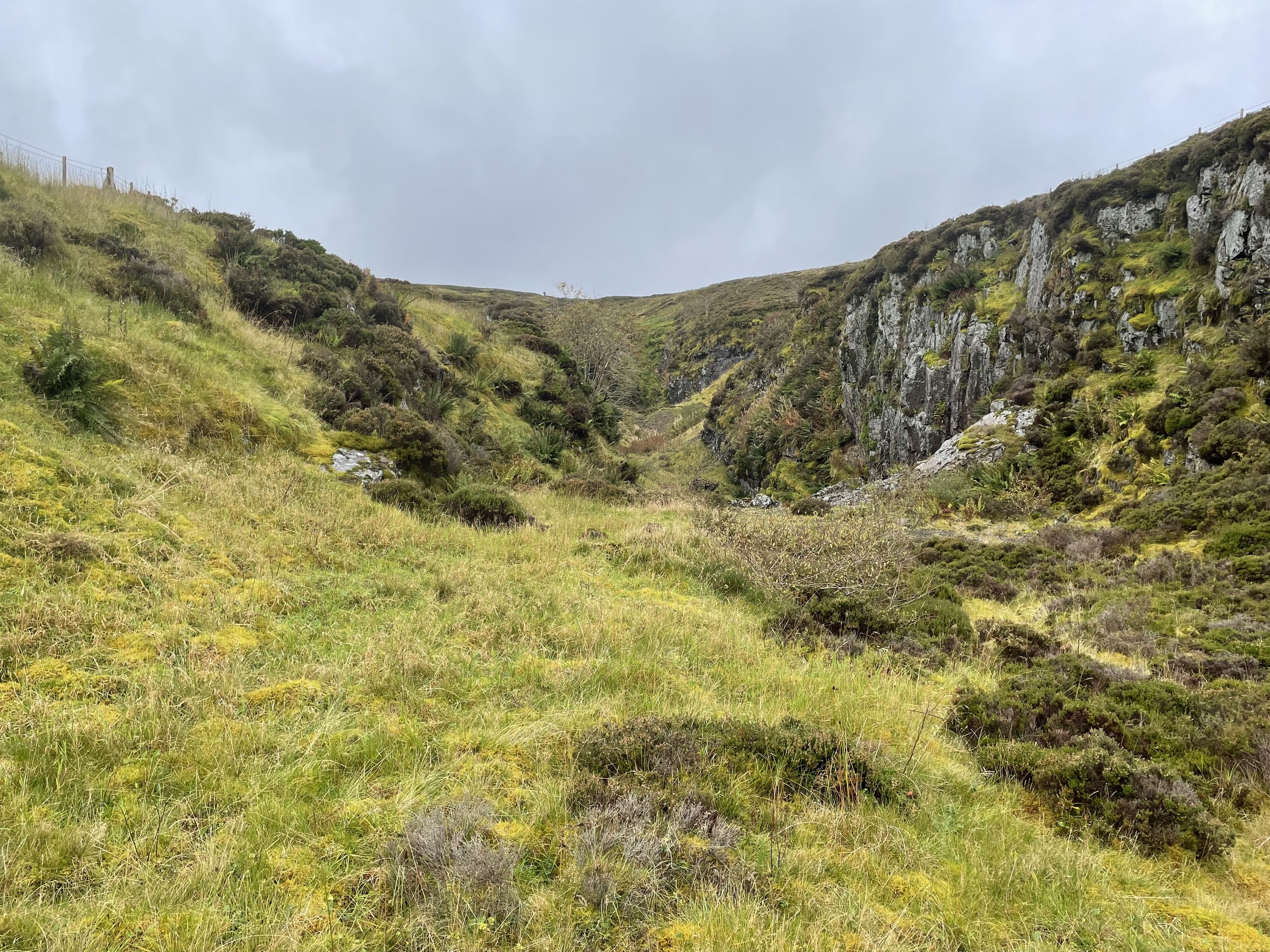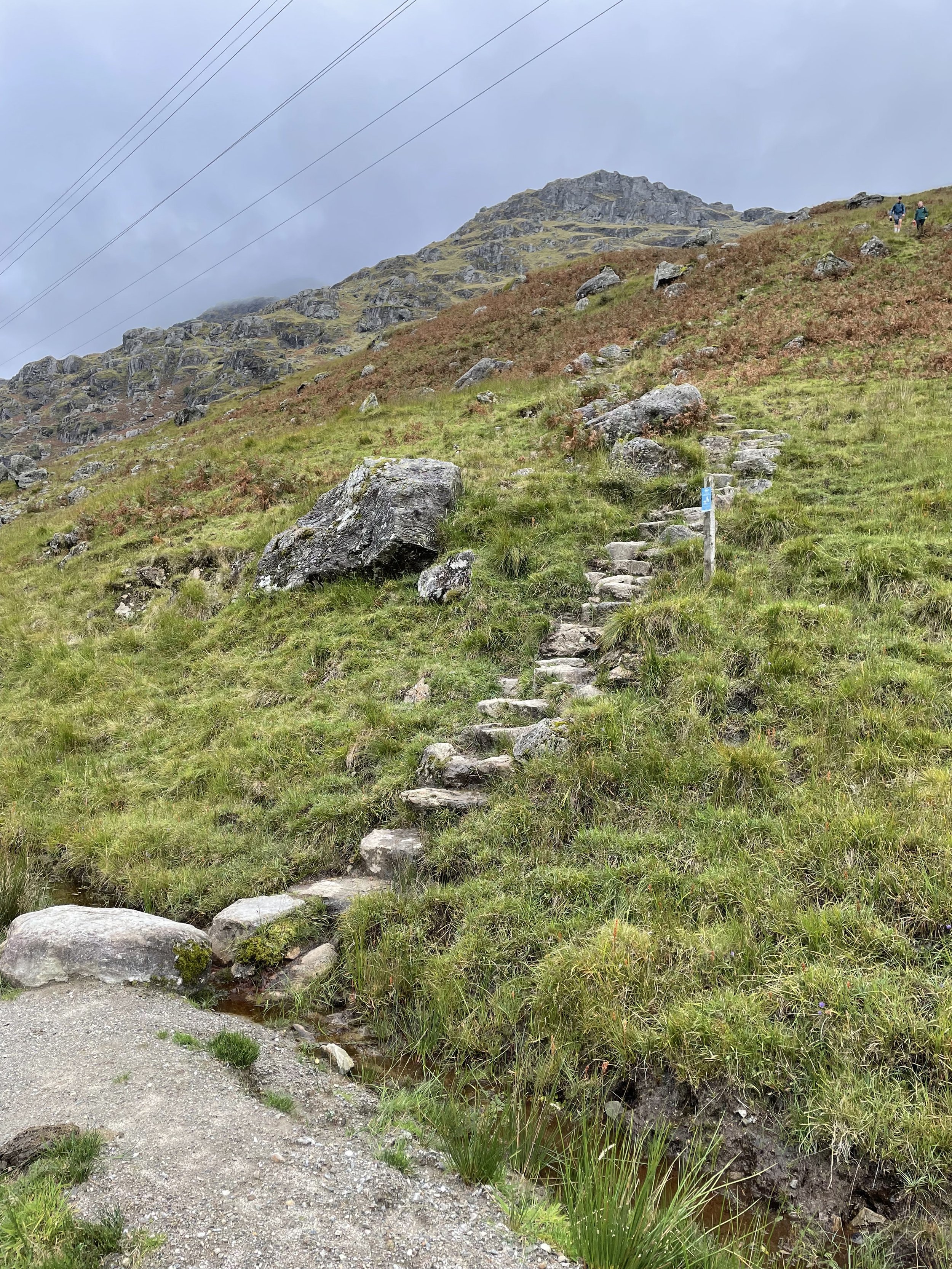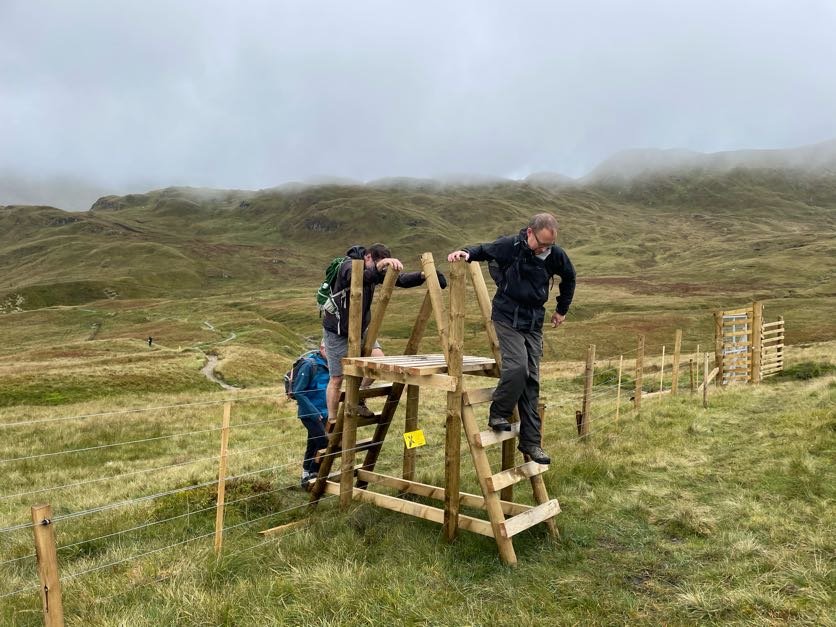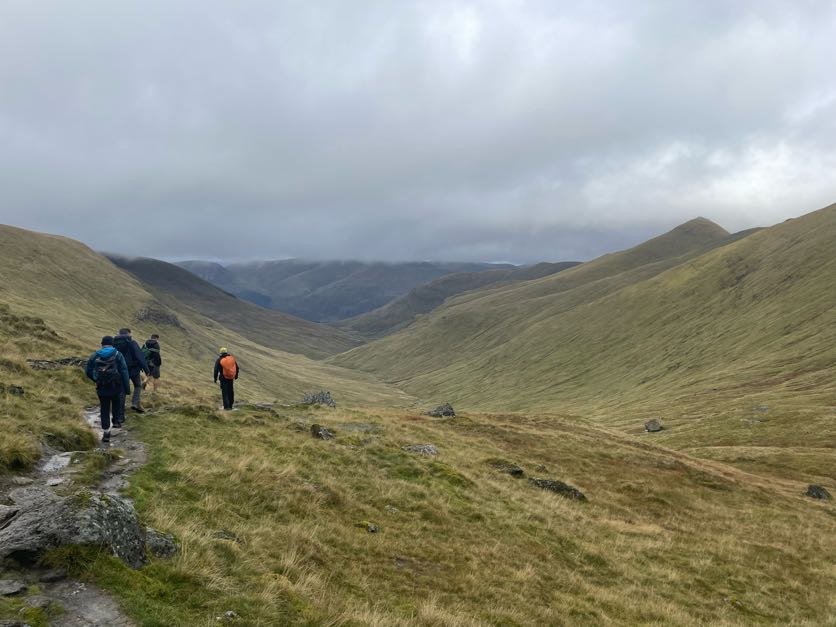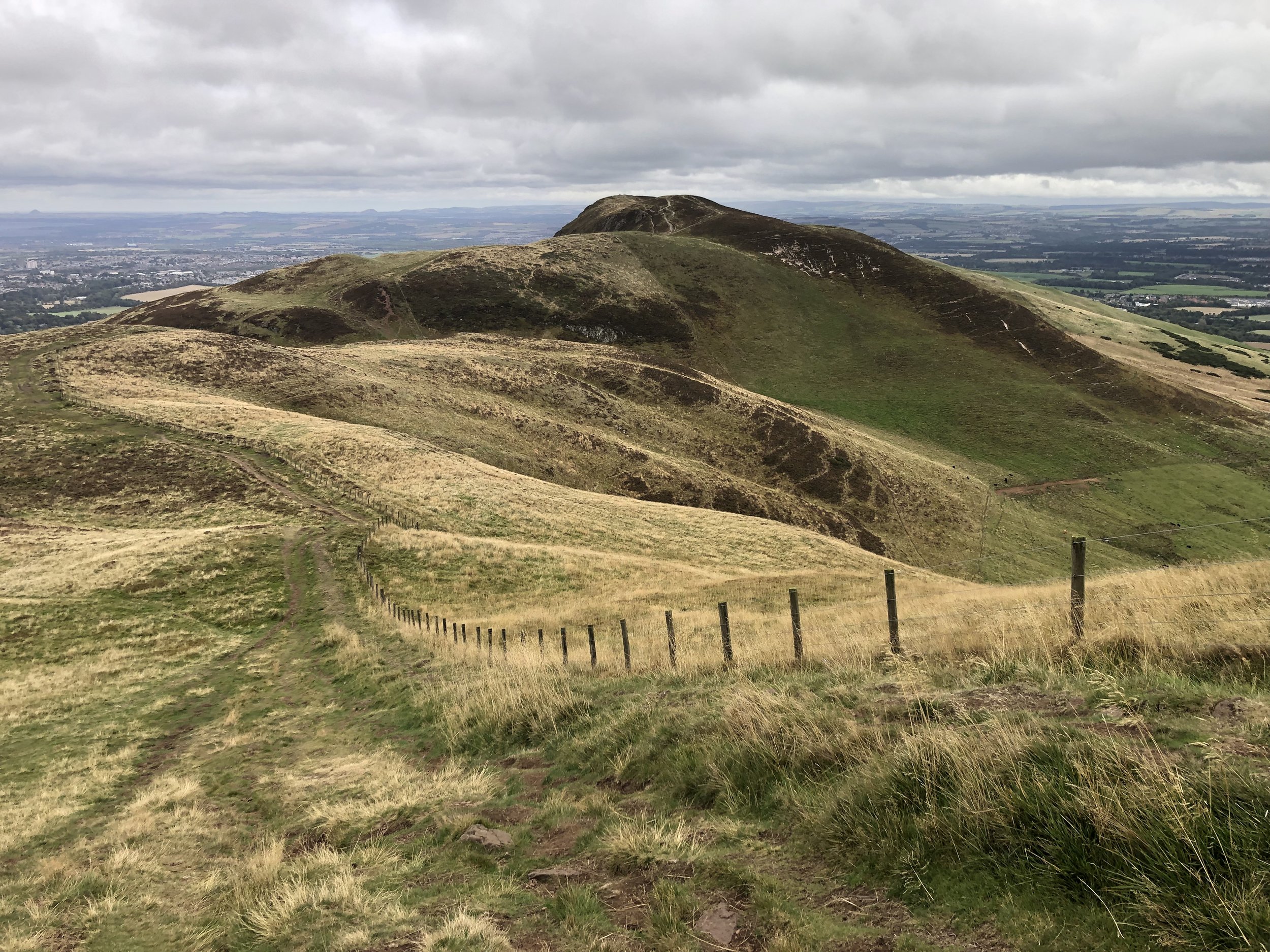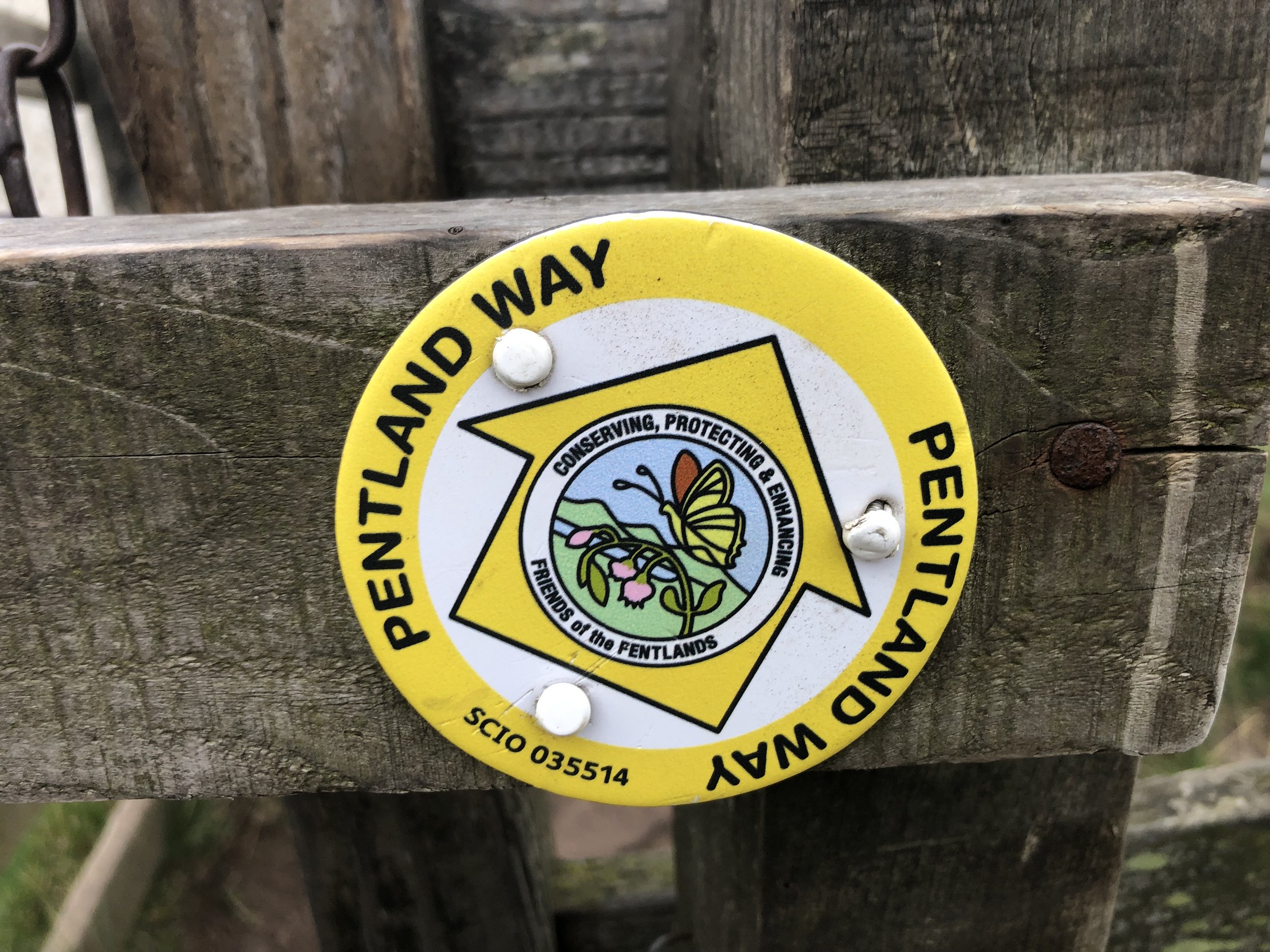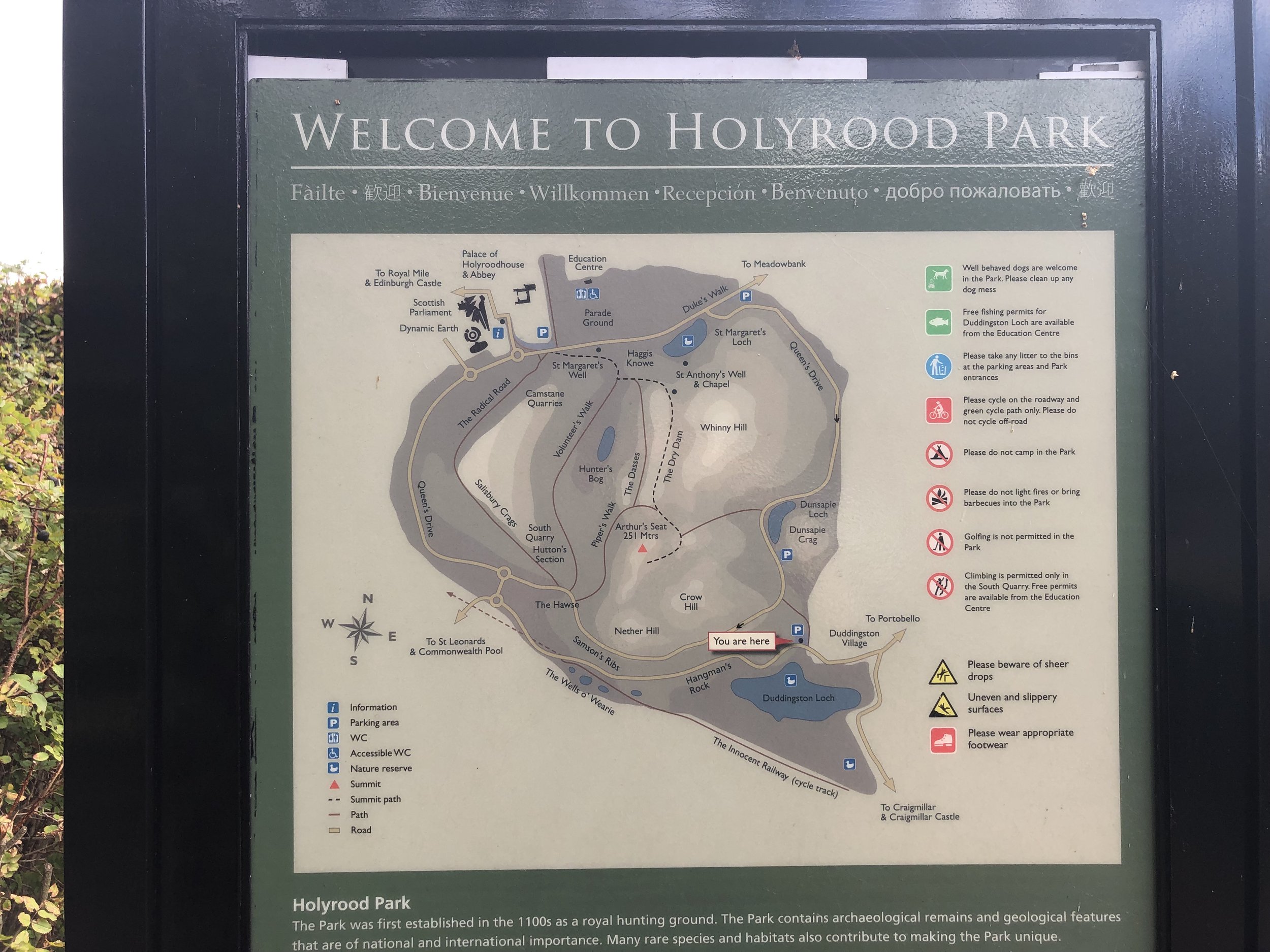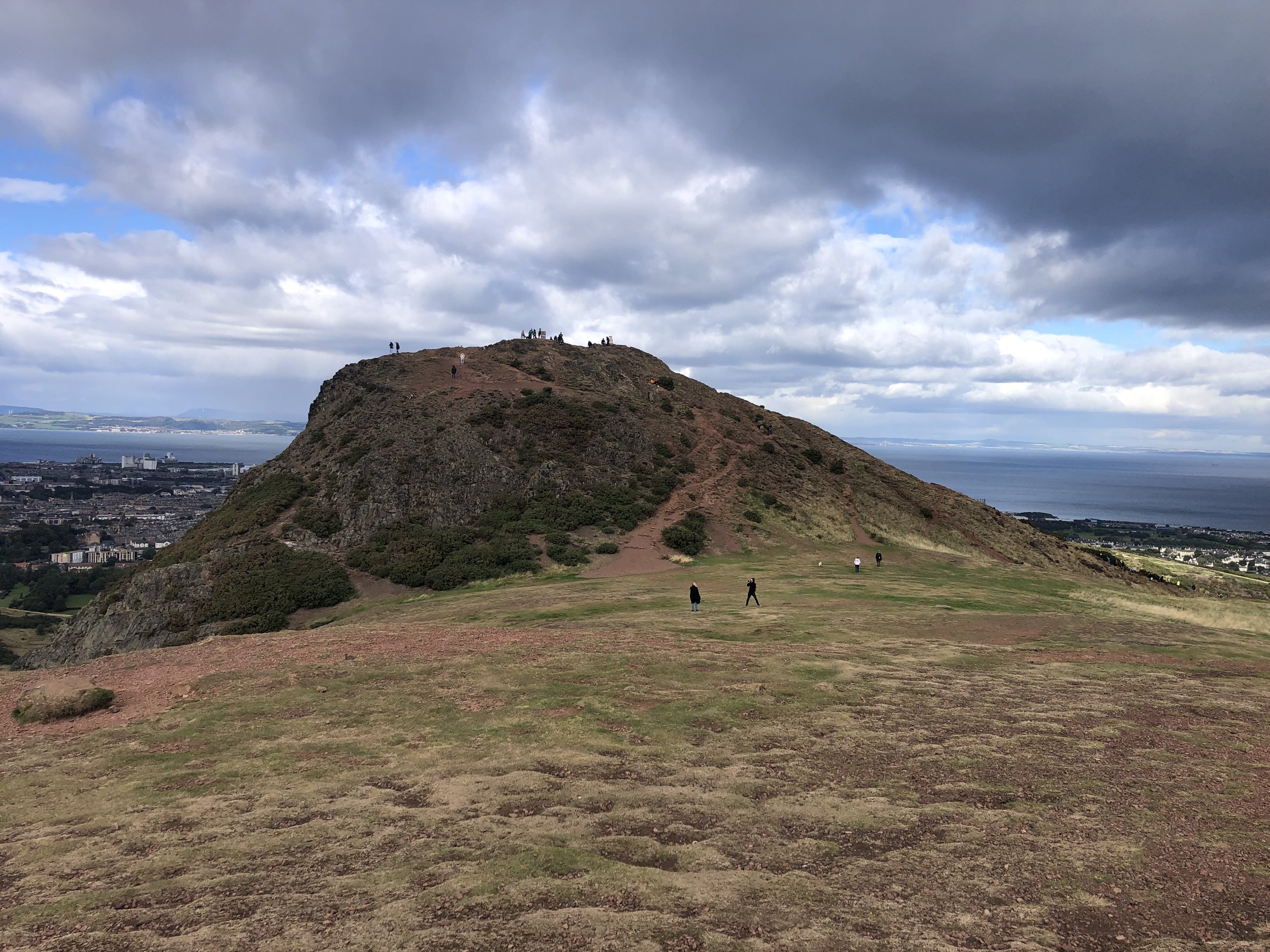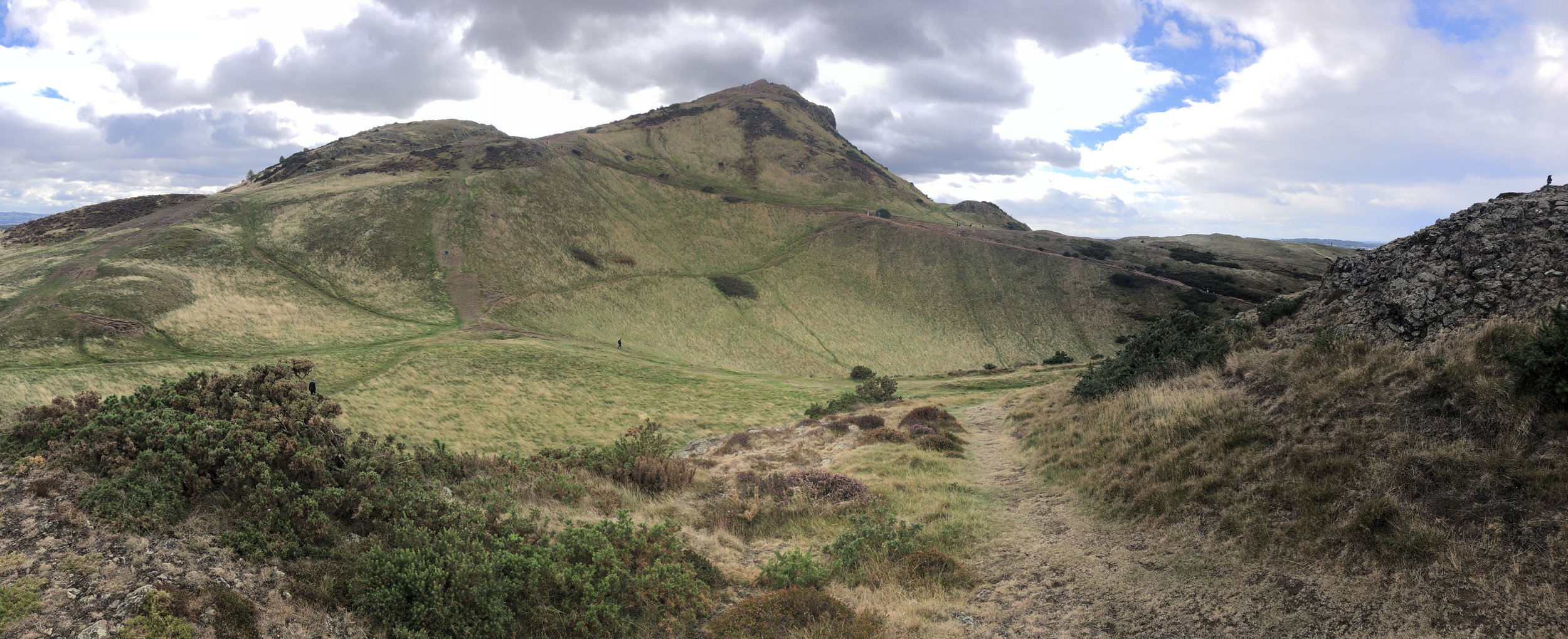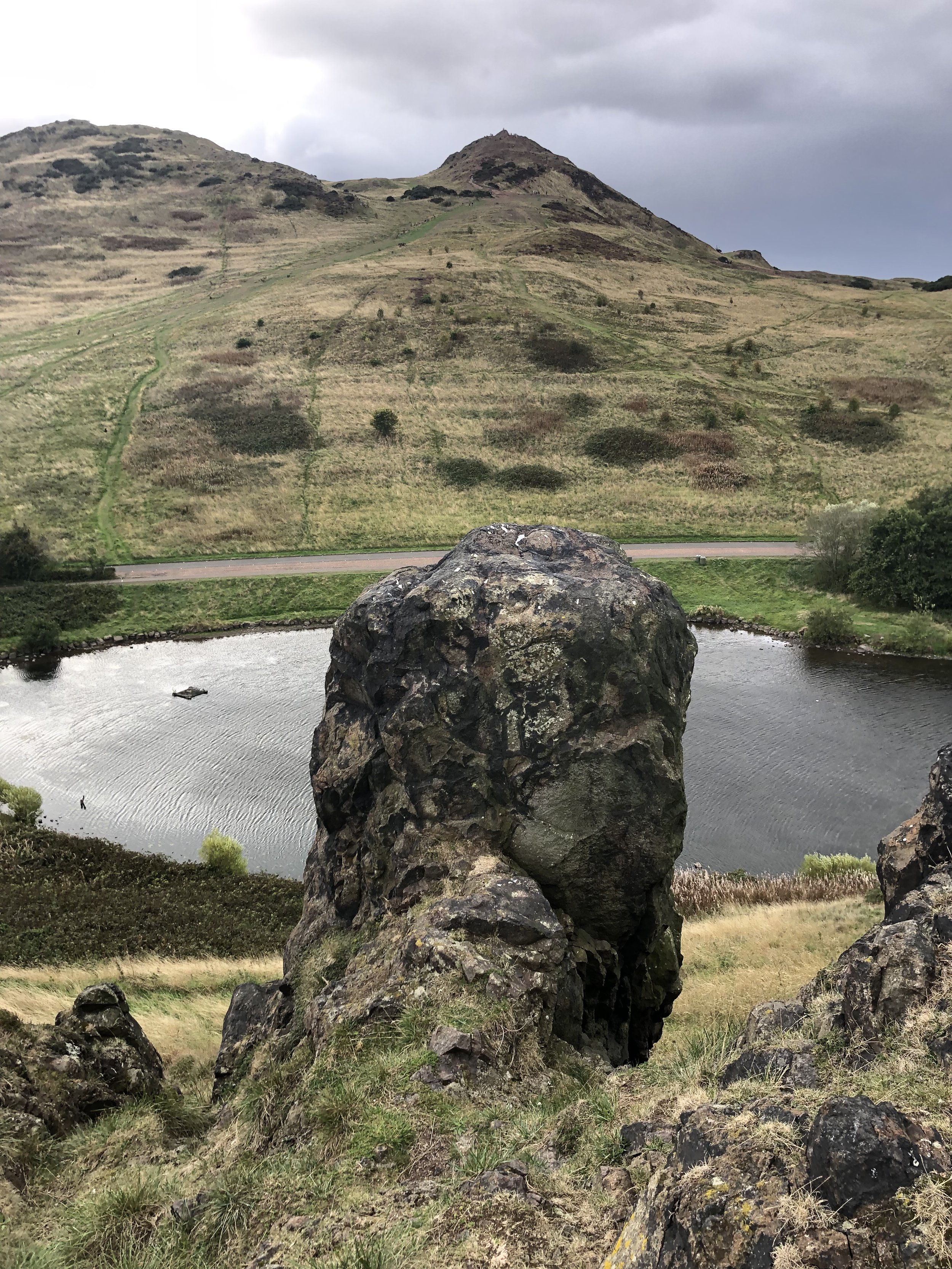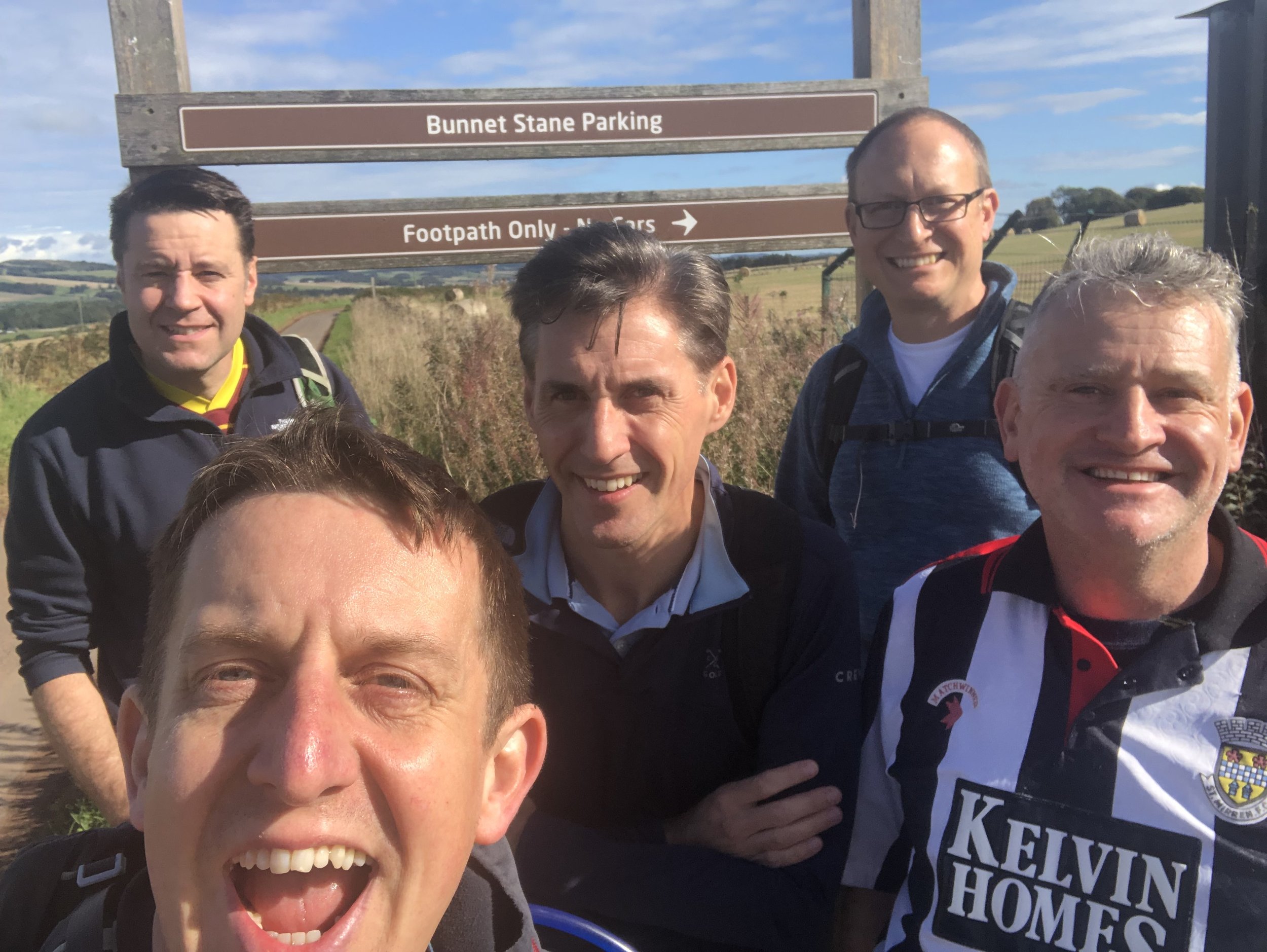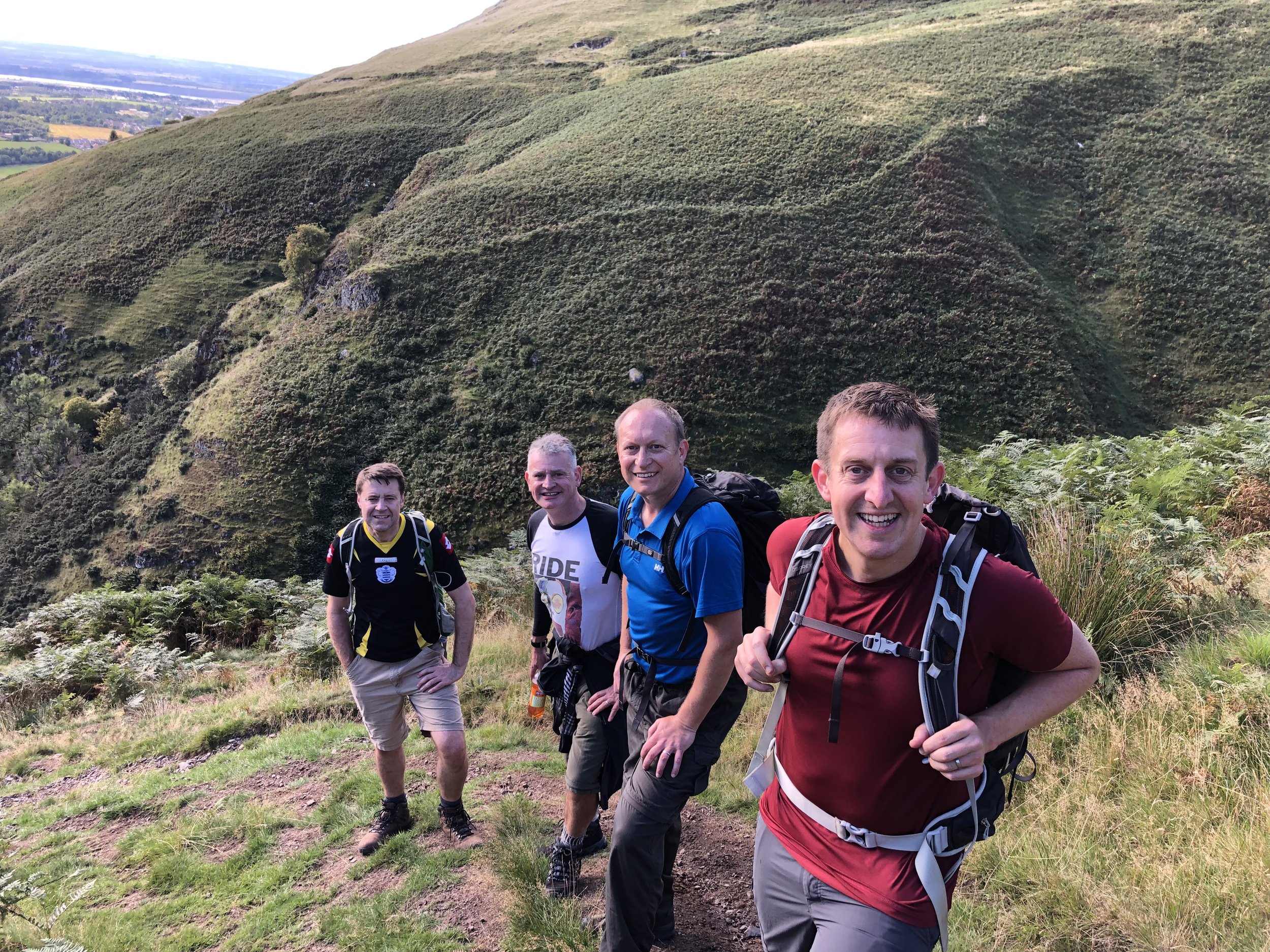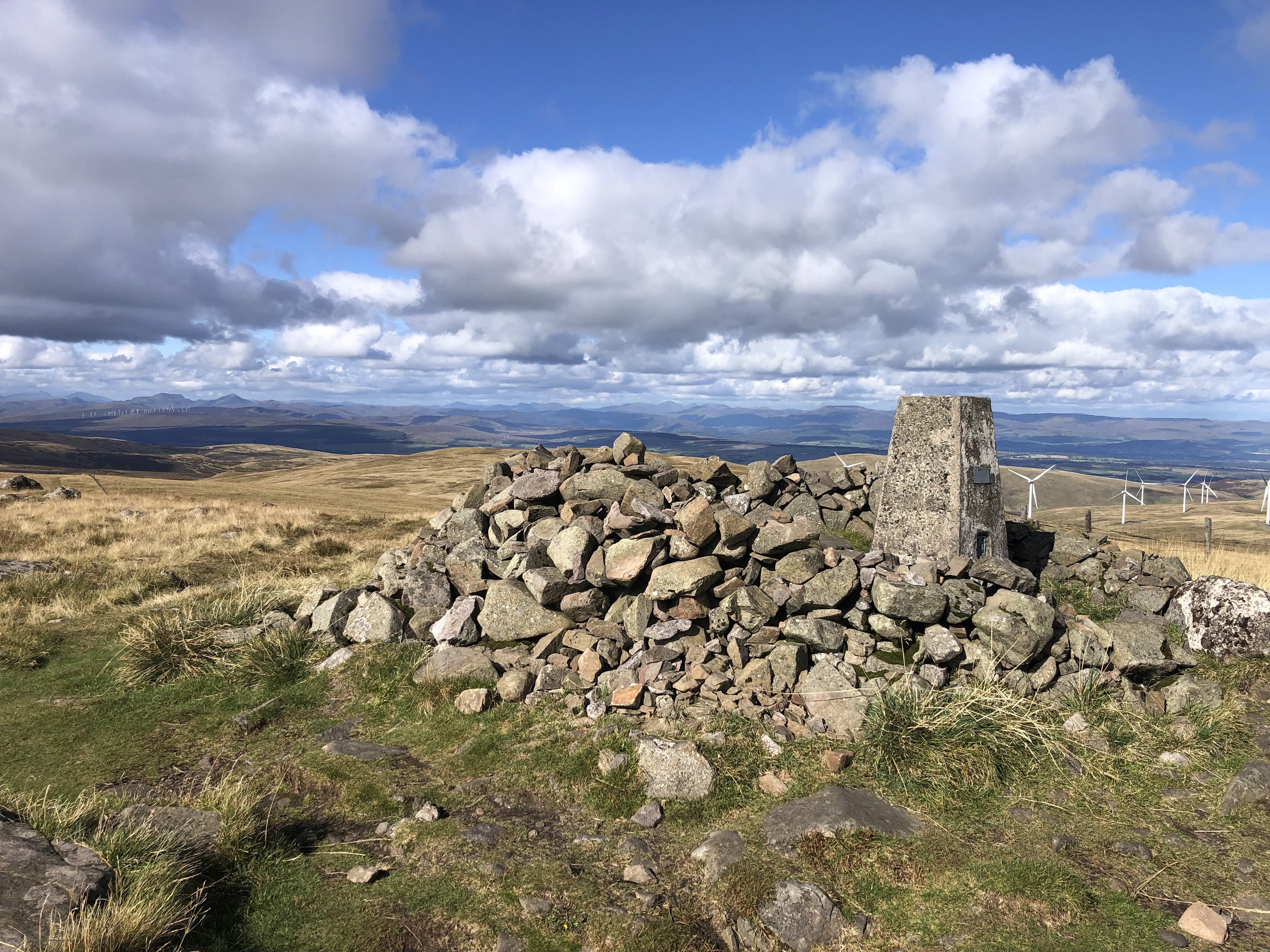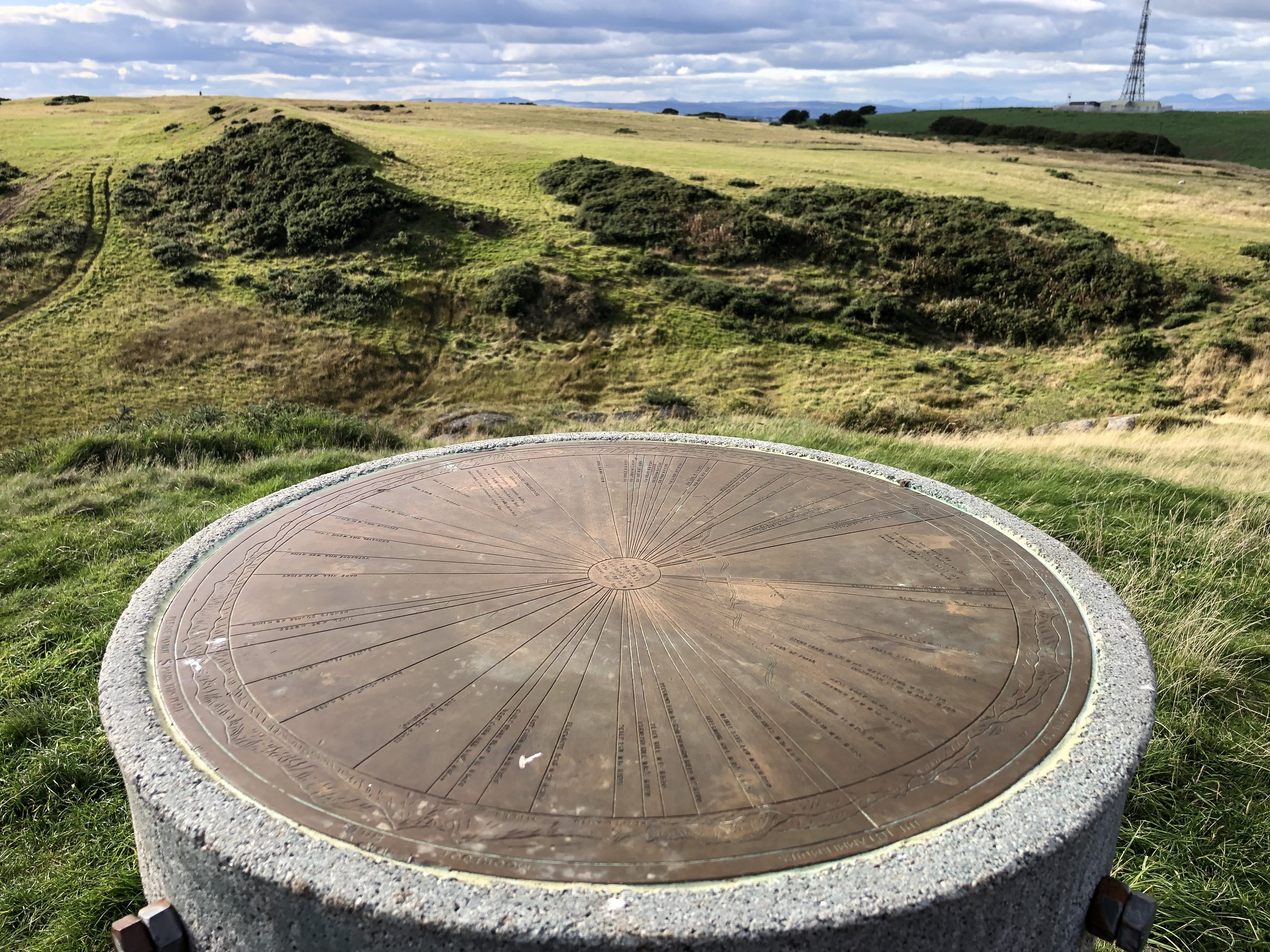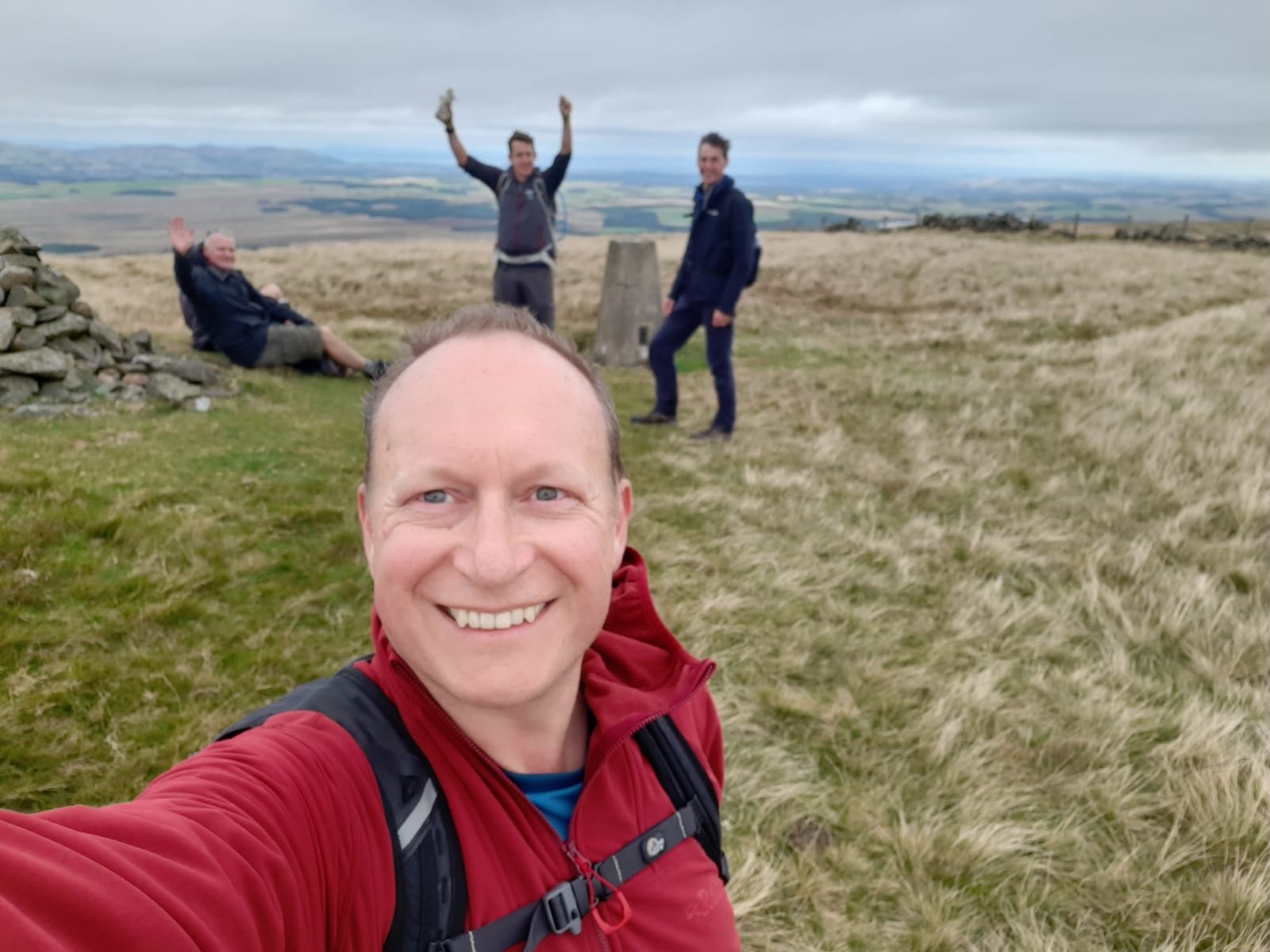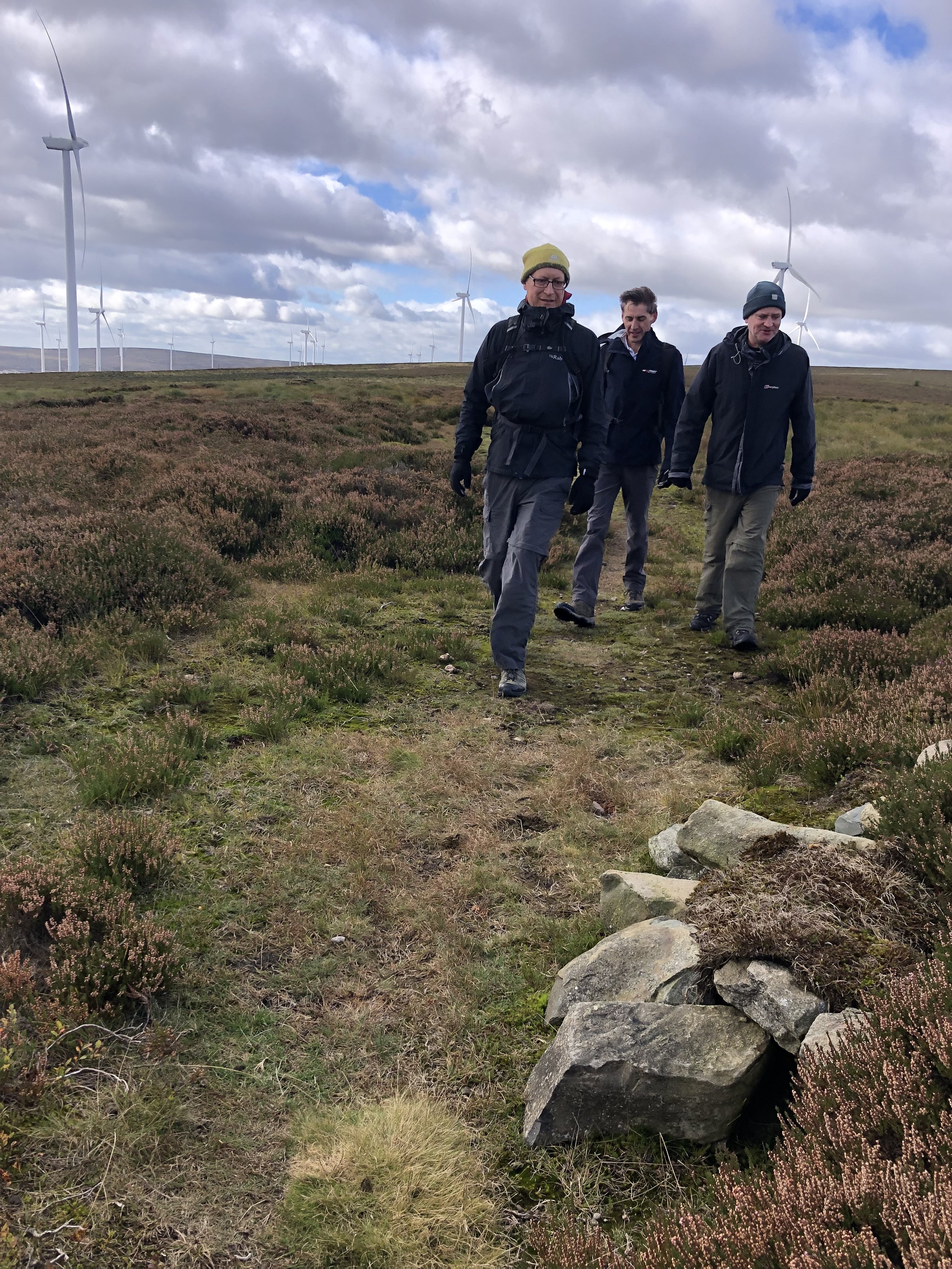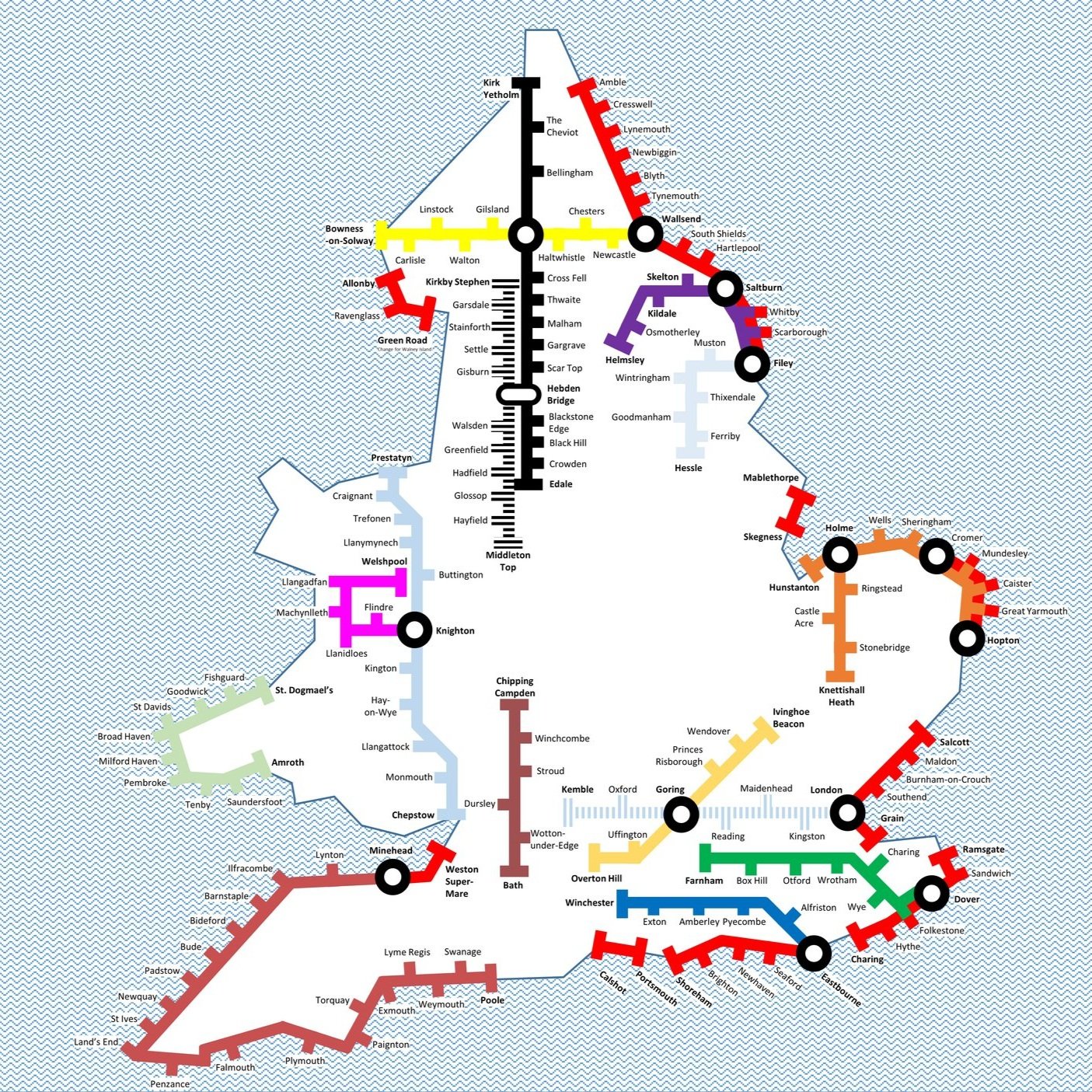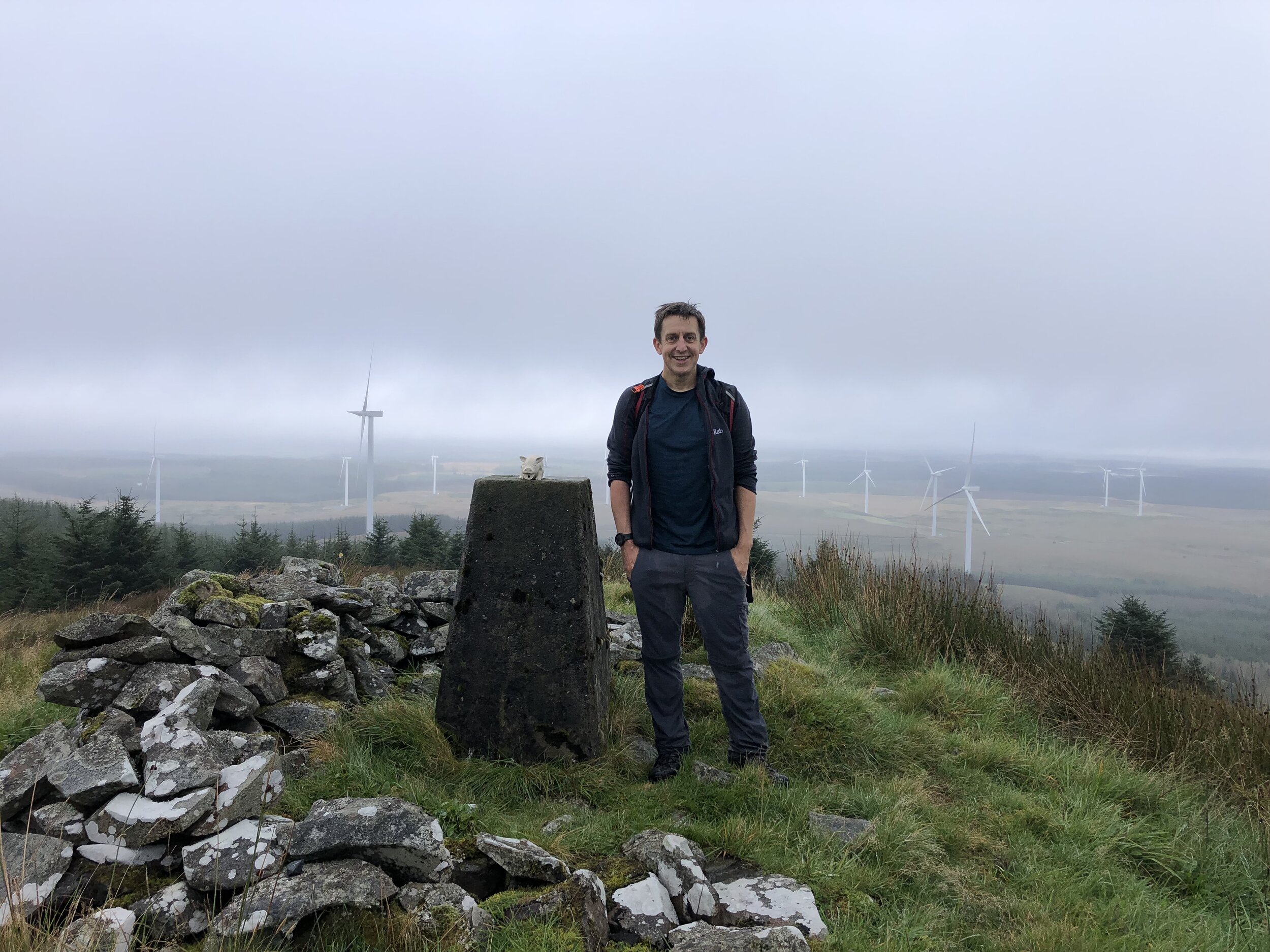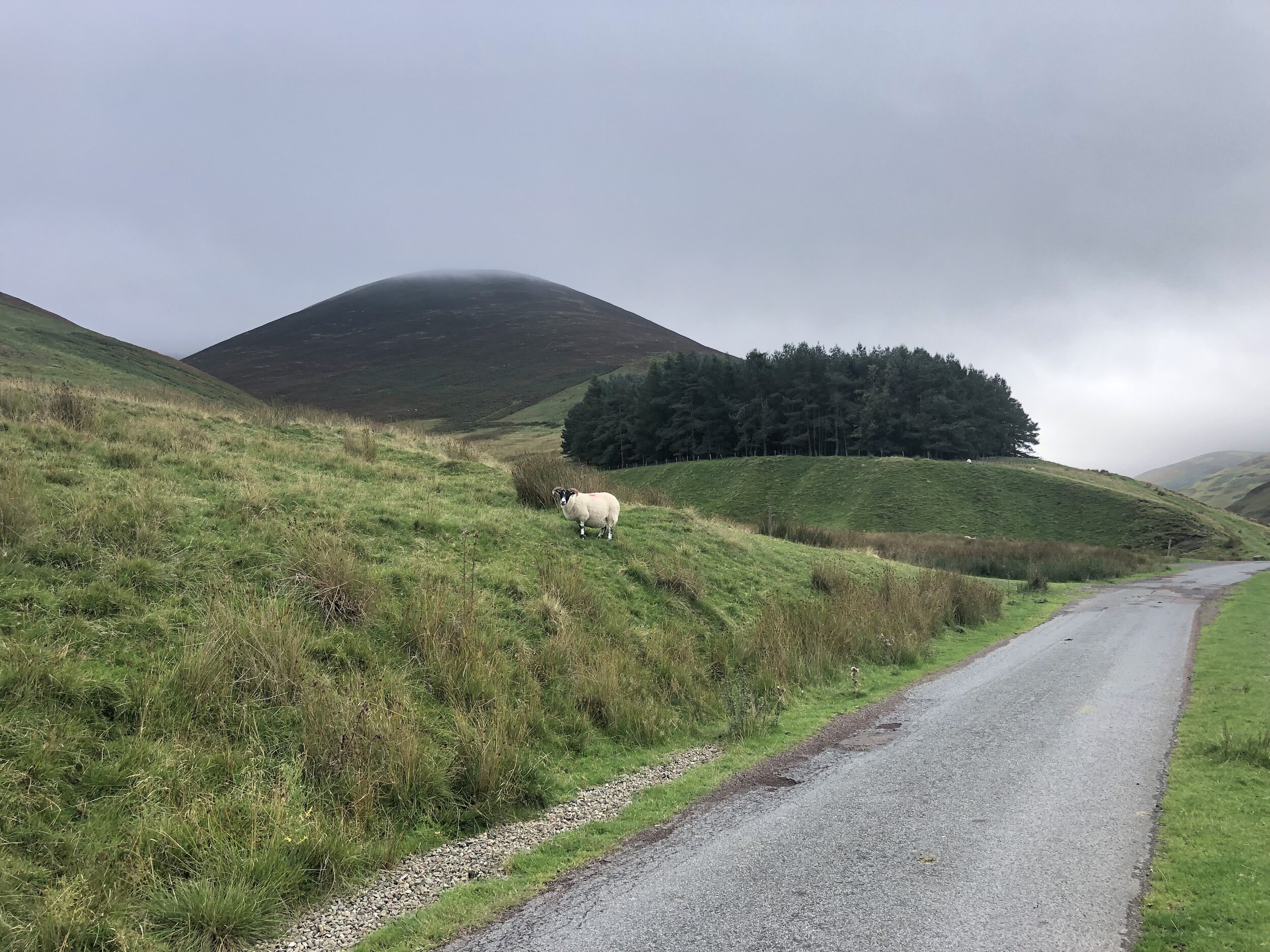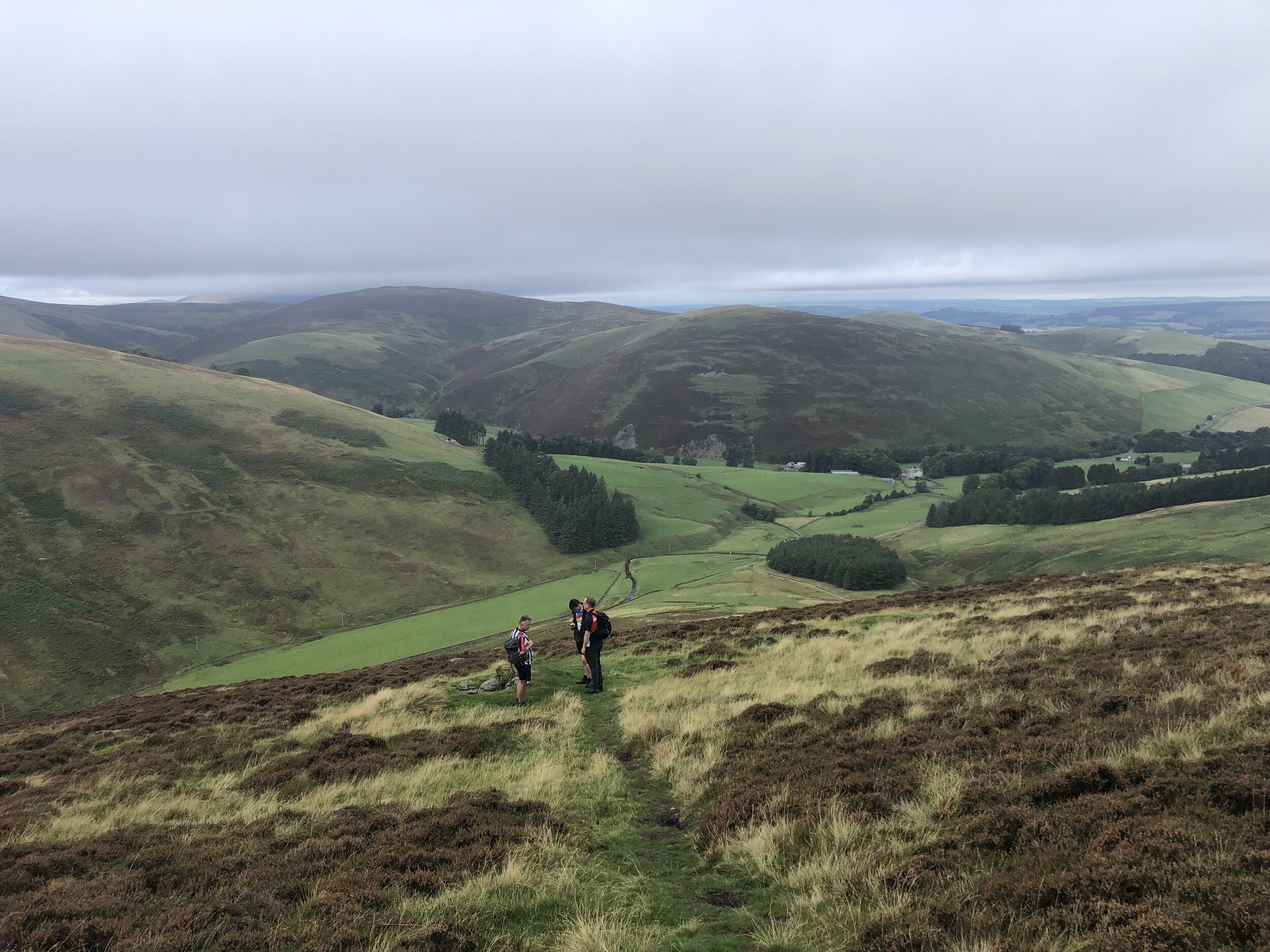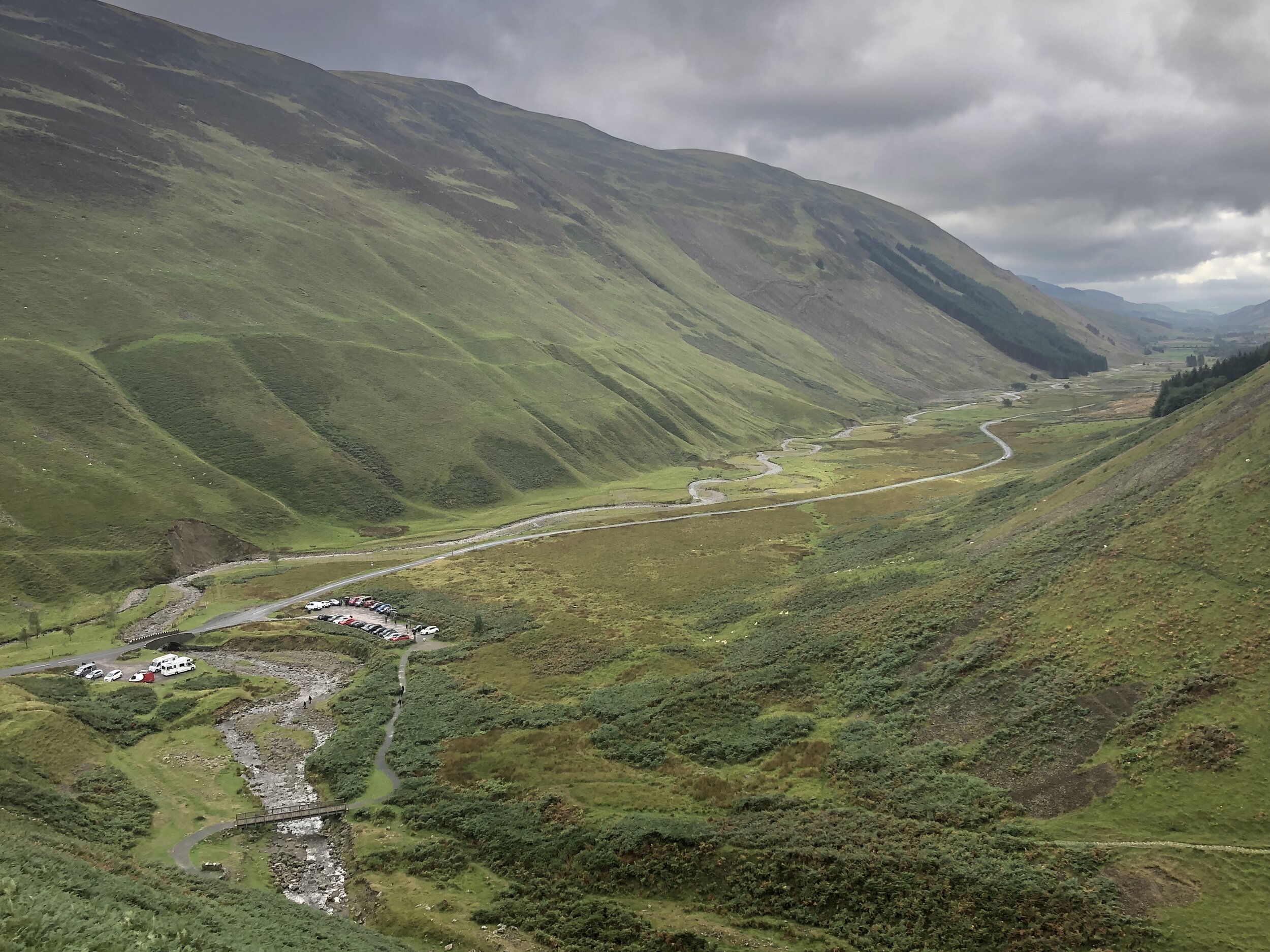parkrun Completion names are unofficial titles for having completed all of the parkrun events in a county. “LonDone” is one of the most popular and there’s frequent discussions on others in the various parkun social media groups. Below are the ones that I’ve noted over the years. For most I’ve forgotten or don’t know the original source so please comment below to claim credit. Also comment below if you have any other county completion names to fill the gaps. I’ll donate £1 to parkrun Forever for and name added to the main list.
County names in bold link to a completion page showing the parkrun events for that county. I do one of these pages once I’ve completed at least 3 events in that county. If you would like to speed up the process, Buy Me a Coffee and I’ll create a new page for your chosen county and dedicate it to you.
English Counties
Shows both Historic and Ceremonial Counties. Ceremonial counties with a distinct name to the Historic County are indicated with a *. Where a county has been sub-divided (e.g. Sussex into East and West), I’ve shown the combined name.
Bedfordshire: Made the Beds
Berkshire: Complete Berk
Bristol*: Brist-all
Buckinghamshire: Buck'ed Up
Cambridgeshire: Camb-which
Cheshire: The Cheshire Set
Cornwall: CornwAll
Cumberland:
Cumbria*: Done-bria
Derbyshire:
Devon:
Dorset: The Dor Set
Durham:
Essex: PIED. Parkruns in Essex Done
Gloucestershire: Glos’d Over
Greater London*: LonDone
Greater Manchester*: Greater Ran-Chester
Hampshire: Champshire
Herefordshire:
Hertfordshire: King/Queen of Herts
Huntingdonshire:
Kent: Total Kent, Gar-Done of England
Lancashire: Rankashire
Leicestershire: Flaw-Leics
Lincolnshire: No Missing Lincs
Merseyside*: Mersey-Beat
Norfolk: That’s All Folks (for both Norfolk and Suffolk)
Northamptonshire: Northamp-done-shire
Northumberland: North-done-berland
Nottinghamshire: Get Nott’ed, Notting-done
Rutland: Rutland-ed
Shropshire:
Somerset: The Somer-Set
Staffordshire: Fully Staffed
Suffolk: PISD: Parkruns in Suffolk Done. That’s All Folks (for both Norfolk and Suffolk)
Surrey: SurreyALList
Sussex: Sussexful
Tyne and Wear*: Full Tyne
Warwickshire:
West Midlands*: West Didlands
Westmorland:
Wiltshire: Complete Bustard
Worcestershire:
Yorkshire: Yorkshire Pud-done
Others:
All-inside-the- M25: LonDone+ or Orbit-All
East Anglia: East Ranglia
Northern Irish Counties
Historic Counties:
Antrim
Armagh
Down
Fermanagh
Londonderry
Tyrone
Other:
All of Northern Ireland: Northern Entireland
Scottish Counties
Historic Counties
Aberdeenshire
Angus
Argyll
Ayrshire
Banffshire
Berwickshire
Bute
Caithness
Clackmannanshire
Dumfriesshire
Dunbartonshire
East Lothian
FifeInverness-shire
Kincardineshire
Kinross-shire
Kirkcudbrightshire
Lanarkshire
Midlothian
Moray
Nairnshire
Orkney
Peeblesshire
Perthshire
Renfrewshire
Ross and Cromarty
Roxburghshire
Selkirkshire
Stirlingshire
Sutherland
West Lothian
Wigtownshire
Zetland (Shetland)
Other:
All of Scotland: Allba
Welsh Counties
Historic Counties:
Monmouthshire
Glamorganshire
Carmarthenshire
Pembrokeshire
Cardiganshire
Brecknockshire
Radnorshire
Montgomeryshire
Denbighshire
Flintshire
Merionethshire
Caernarfonshire
Anglesey
Preserved Counties:
Gwent: Gwent there and done it
South Glamorgan
Mid Glamorgan
West Glamorgan
Dyfed
Powys
Gwynedd
Clwyd
Other:
All of Wales: Plugged the Leek
More parkrun posts
parkruns are free, weekly, community 5k events all around the world. I started in December 2012 and have been obsessive about it ever since. See my parkrun Collection page for details.
Featured and popular parkrun posts:


























































































































































